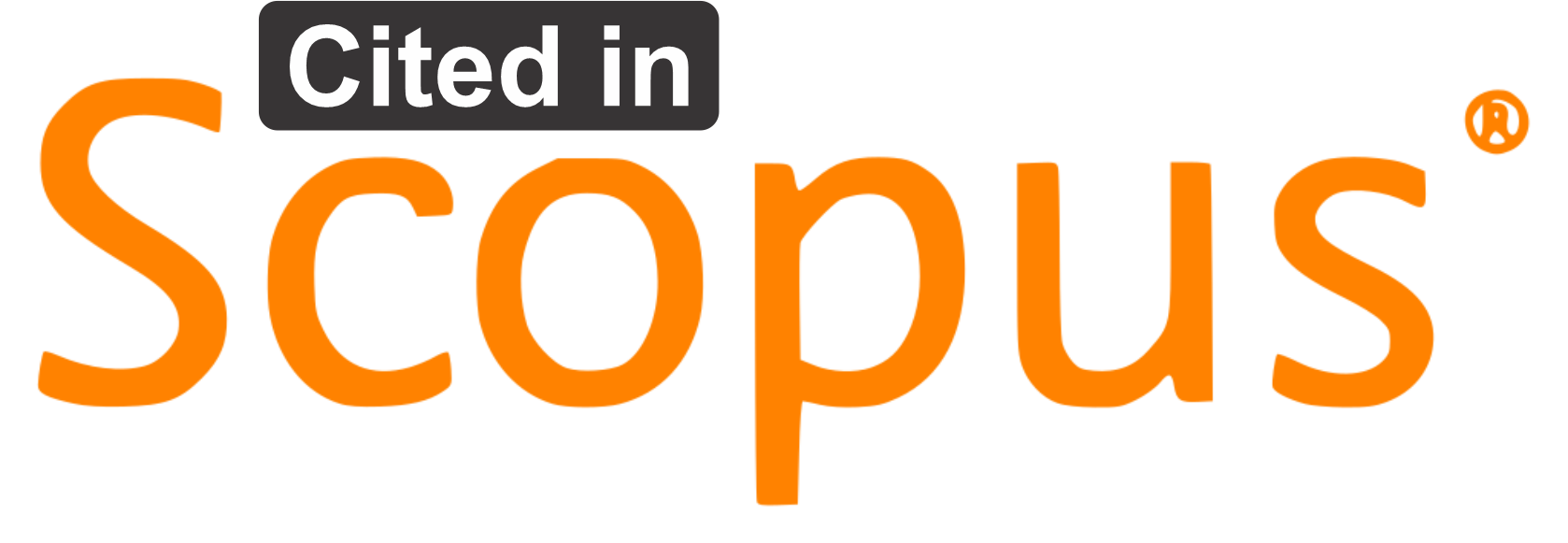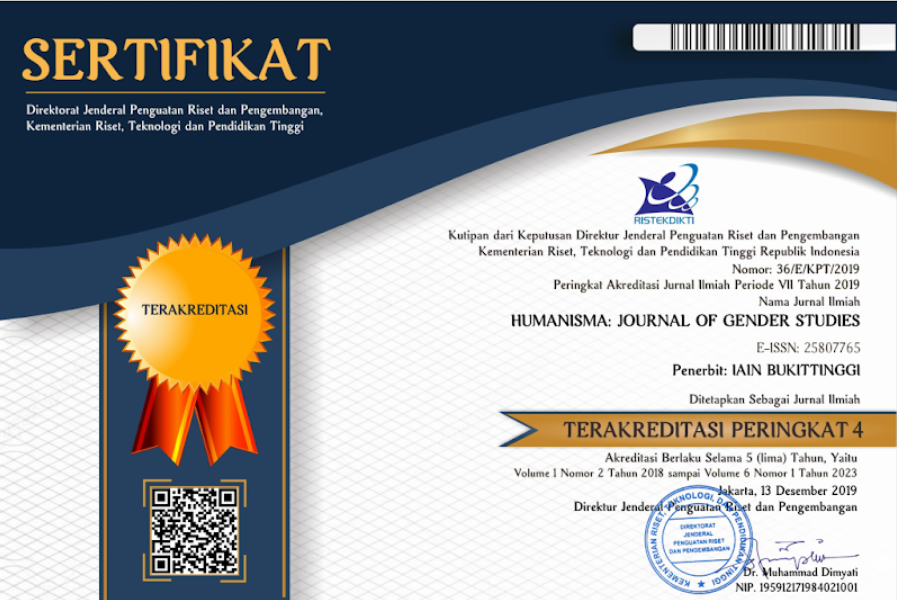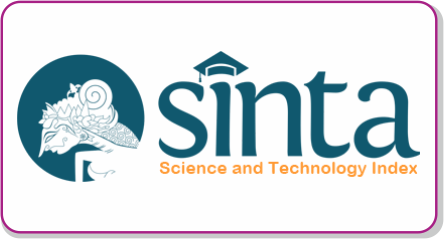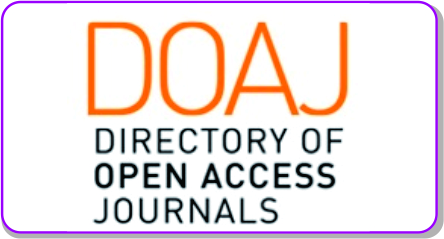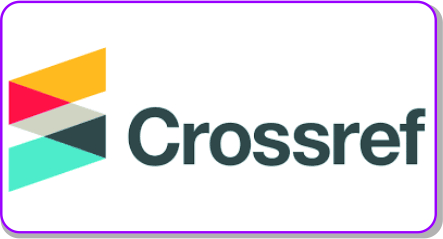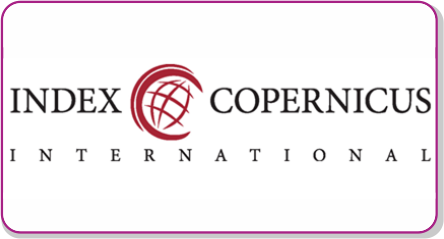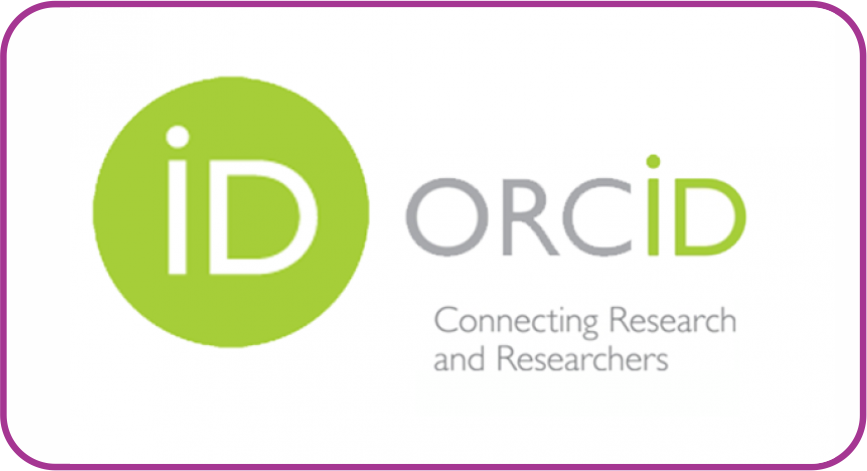The Effect of Body Shaming on Instagram on Student's Confidence
DOI:
https://doi.org/10.30983/humanisme.v5i2.4466Keywords:
Body Shaming, Self Confidence, New Media,Abstract
Social media is used to express someone's personal image and connect with anyone. Not only that, many people play social media to display their advantages. So it is undeniable that everyone can compare each other like physical insults or body shaming like social media. This study aimed to determine whether there is an effect of body shaming on Instagram on the trust of female students in the Communication Studies program, State University of Jakarta. The method used in this study is a quantitative method with an explanatory format. The researcher collected data using a questionnaire distributed through a link to 37 respondents, and the sampling technique used was a simple random sampling technique. The results of this study indicate an effect of body shaming on Instagram on female students' self-confidence. The regression coefficient value obtained in this study is Y= 22.788 + 0.285X with a significance level of 0.000 less than 0.05, so it can be concluded that the X variable affects the Y variable. Body shaming on Instagram on female students' self-confidence by 6.9% with a shallow category and the rest is influenced by other things outside of this study, such as the psychological component.
Â
Media sosial digunakan sebagai wadah untuk mengekspresikan diri dan berhubungan dengan siapapun itu. Tak hanya itu, banyak orang yang memainkan media sosial hanya untuk memajang kelebihannya. Sehingga tak bisa dipungkiri, layaknya media sosial, setiap orang pasti bisa membandingkan satu sama lain seperti penghinaan fisik atau body shaming. Tujuan dari penelitian ini adalah untuk mengetahui apakah ada pengaruh body shamming di Instagram terhadap kepercayaan mahasiswi di program studi Ilmu Komunikasi Universitas Negeri Jakarta. Metode yang idigunakan dalam penelitian ini adalah metode kuantitatif dengan format explanatory. Peneliti mengumpulkan data menggunakan kuesioner yang disebarkan melalui link kepada 37 responden dan Teknik penentuan sampel menggunakan Teknik simple random sampling. Hasil penelitian ini menunjukkan bahwa terdapat pengaruh body shaming di Instagram terhadap kepercayaan diri mahasiswi, nilai koefisien regresi yang diperoleh dalam penelitian ini adalah Y= 22,788 + 0,285 X dengan tingkat signifikans 0,000 lebih kecil dari 0,05, sehingga dapat disimpulkan bahwa variabel X berpengaruh terhadap variabel Y. Angka tersebut menunjukkan bahwa pengaruh body shaming di Instagram terhadap kepercayaan diri mahasiswi sebesar 6,9% dengan kategori sangat rendah dan selebihnya dipengaruhi oleh hal-hal lain di luar dari penelitian ini, seperti komponen psikologi
References
Journal :
Fauzia, T. F., & Rahmiaji, L. R. (2019). Memahami Pengalaman Body Shaming Pada Remaja Perempuan. Interaksi Online, 7(3), 238–248.
Gani, & Jalal. (2020). Persepsi Remaja Tentang Body Shaming. Jurnal IKRA-ITH Humaniora, 5(2), 156.
Geofani. (2019). Pengaruh Cyberbullying Body Shaming Pada Media Sosial Instagram Terhadap Kepercayaan Diri Wanita Karir di Pekanbaru. JOM FISIP, 6(2), 1–15.
Lisya, C. (2018). Body Shame dan Gangguan Makan Kajian Meta-Analisis. Buletin Psikologi, 26(1), 12–27.
Mahendra, B. (2017). Eksistensi Sosial Remaja Dalam Instagram. Jurnal Visi Komunikasi, 16(1), 151–160.
Mulawarman, & Nurtifi. (2017). Perilaku Pengguna Media Sosial beserta Implikasinya Ditinjau dari Perspektif Psikologi Sosial Terapan. Buletin Psikologi, 25(1), 36–44.
Nasution, & Simanjuntak. (2020). Pengaruh Body Shaming Terhadap Self-Esteem Siswa SMP. Jurnal Pendidikan : Teori, Penelitian & Pengembangan, 1–15.
Ramdhani, T. N., & Putrianti, F. G. (2019). Hubungan Antara Kepercayaan Diri Dengan Citra Diri Pada Remaja Akhir. Jurnal UST Jogja : SPIRITS, 4(2), 22–32.
Syam, A., & Amri. (2017). Pengaruh Kepercayaan Diri (Self Confidence) Berbasis Kaderisasi IMM Terhadap Prestasi Belajar Mahasiswa (Studi Kasus di Program Studi Pendidikan Biologi Fakultas Keguruan dan Ilmu Pendidikan Universitas Muhammadiyah Pare-Pare). Jurnal Biotek, 5 (1), 87–102.
Books :
Babbie, E. (2016). The Practice of Social Research (4th ed.). Cengage Learning.
Dolezal. (2021). “The Body and Shame: Phenomenolgy, Feminism, and the Socially Shaped Body.†http://centreformedicalhumanities.org.
Ghozali, I. (2016). Ghozali, I. (2016). Desain Penelitian Kuantitatif dan Kualitatif. Yoga Pratama.
Ghufron, M.Nur. (2010). Teori-Teori Psikologi. Yogyakarta. Ar-Ruzz Media.
Gozali, Nanang, & Nasehudin. (2015). Metode Penelitian Kuantitatif. Pusaka Setia.
Malhotra, N. K. (2010). Marketing Research : An Applied Orientation (6th ed.). Pearson Education.
Masithoh, N. A. (2020). Body Shame pada Mahasiswa Generasi Milenial di Universitas Negeri Semarang. UNNES.
Miller, K. (2021). “The Shocking Resultsâ€,. www.yahoo.com/lifestyle
Nasrulloh, R. (2016). Teori dan Riset Media Siber (Cybermedia). Kencana.
Puluhulawa, & Husain. (2021). Body Shaming Through Social Media as a Digital Crime In The Era of Distruption. Jalrev : Jambura Law Review.
Rakanda, D. R. (2020). Penggunaan Media Sosial Instagram Dalam Pembentukan Identitas Diri Generasi Z atau Igenerataion di Desa Cawas. In Fakultas Ilmu Sosial dan Ilmu Politik.
Saidah, N. (2015). Hubungan Antara Kepercayaan Diri Dengan Kemandirian Belajar Siswa Akselerasi MAN 1 Model Bojonegoro. In Fakultas Psikologi.
Sekaran,Uma. (2016). Research Methods for Business (7th ed). West Sussex : Wiley.
Silalahi, U. (2015). Metode Penelitian Kuantitatif, Kualitatif dan R & D. Alfabeta.
Sugiyono. (2015). Metode Penelitian Kuantitatif, Kualitatif, dan R & D. Alfabeta.
Surya Ananda Fitriana. (2019). Dampak Body Shaming Sebagai Bentuk Kekerasan Perempuan. UIN Syarif Hidayatullah Jakarta.
Downloads
Submitted
Accepted
Published
Issue
Section
License
Authors who publish with this journal agree to the following terms:
- Authors retain copyright and grant the journal right of first publication with the work simultaneously licensed under a Creative Commons Attribution-ShareAlike 4.0. that allows others to share the work with an acknowledgment of the work's authorship and initial publication in this journal.
- Authors are able to enter into separate, additional contractual arrangements for the non-exclusive distribution of the journal's published version of the work (e.g., post it to an institutional repository or publish it in a book), with an acknowledgment of its initial publication in this journal.
- Authors are permitted and encouraged to post their work online (e.g., in institutional repositories or on their website) prior to and during the submission process, as it can lead to productive exchanges, as well as earlier and greater citation of published work (See The Effect of Open Access).



